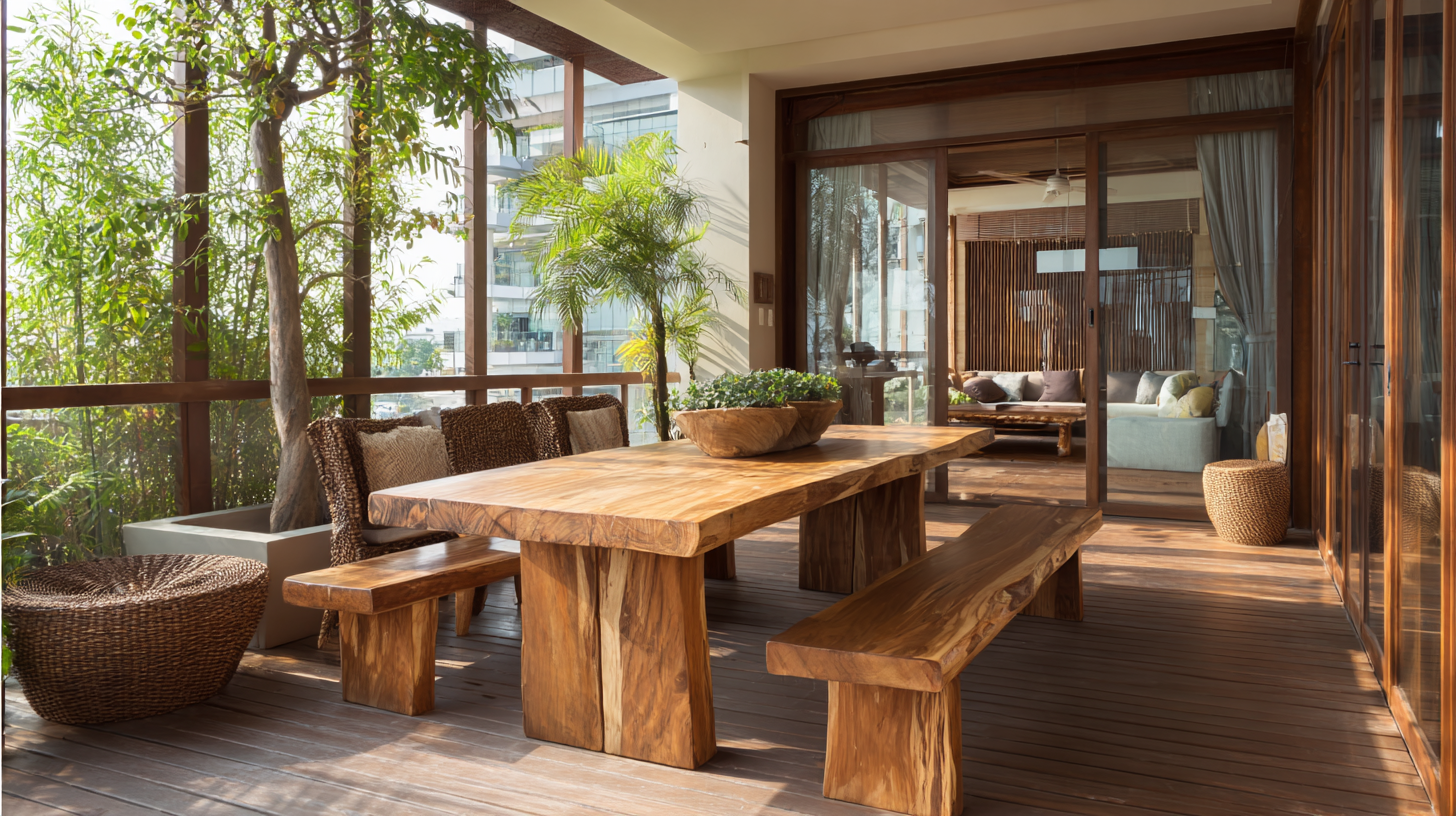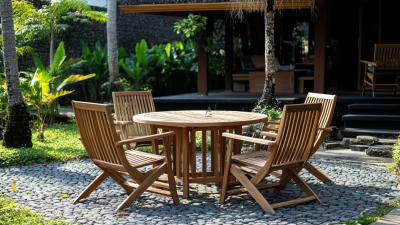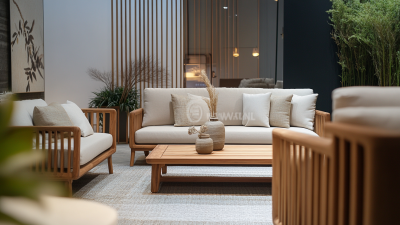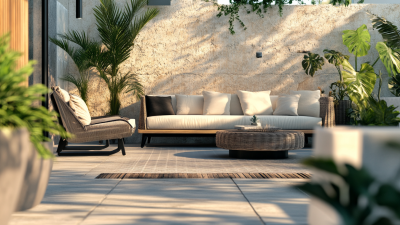7 Reasons Teak Furniture Outlasts Other Woods: Durability Stats You Need to Know!
When it comes to selecting high-quality furniture that stands the test of time, Teak Furniture emerges as a top contender in the realm of durability. Renowned for its natural resilience and robust characteristics, teak wood has become synonymous with longevity and elegance in both indoor and outdoor settings. In this article, we will explore seven compelling reasons why teak furniture outlasts other types of wood, backed by impressive durability statistics that highlight its exceptional performance. From its resistance to moisture and pests to its ability to withstand harsh weather conditions, teak wood proves to be a wise investment for those seeking furniture that combines style with lasting practicality. Join us as we dive into the remarkable qualities of teak furniture and discover why it remains a preferred choice for discerning homeowners and furniture enthusiasts alike.
The Unique Properties of Teak Wood That Enhance Longevity
Teak wood is renowned for its exceptional durability, largely due to its unique natural properties. One of the primary factors contributing to its longevity is its high oil content, which not only gives teak its distinctive golden-brown hue but also provides resistance to moisture, insects, and decay. According to a report by the Forest Products Laboratory, teak can withstand exposure to harsh weather conditions and remains structurally sound for decades. This resilience makes it a preferred choice for outdoor furniture, as it maintains its integrity where other woods would warp or splinter.
Another significant aspect of teak's longevity is its density. Teak is among the densest hardwoods, with a specific gravity that allows it to endure wear and tear far better than softer woods. A study conducted by the Furniture Research Institute shows that teak possesses a Janka hardness rating of 1,155 lbf, which is considerably higher than many commonly used woods like pine or birch. This density not only contributes to its resistance to scratches and dents but also ensures that teak furniture can be passed down through generations, proving itself as a long-term investment that offers both aesthetic and functional benefits.
7 Reasons Teak Furniture Outlasts Other Woods: Durability Stats You Need to Know!
| Property |
Teak Wood |
Other Common Woods |
| Natural Oils |
High (up to 20%) |
Low (0-5%) |
| Resistance to Rot |
Excellent |
Variable |
| Lifespan (Years) |
75+ Years |
10-20 Years |
| Warp Resistance |
High |
Medium to Low |
| Maintenance Frequency |
Every 3-5 Years |
Annual |
| Sustainability Rating |
Good (FSC Certified) |
Varies |
| Appearance Aging |
Beautifully Patinas |
May Deteriorate |
Comparative Durability: Teak vs. Other Common Furniture Woods
Teak wood is renowned for its exceptional durability, making it a prime choice for both indoor and outdoor furniture. Unlike softer woods, such as pine or cedar, teak possesses a high natural oil content, which not only adds to its aesthetic appeal but also provides resistance to moisture and pests. This inherent quality allows teak to withstand the elements, making it suitable for outdoor settings where furniture is exposed to varying weather conditions. In fact, teak can last for decades without warping, cracking, or fading, significantly outpacing the longevity of many other common furniture woods.
Comparatively, woods like oak or mahogany, while also durable, require regular maintenance to protect them from moisture and potential decay. Oak is prone to scratches and dents, making it less ideal for high-traffic areas. On the other hand, teak's unique properties mean it can endure heavy usage without compromising its structural integrity. Additionally, the ease of maintenance of teak furniture, often requiring just occasional cleaning to maintain its luster, further emphasizes its superior durability compared to other hardwood alternatives. Ultimately, investing in teak furniture yields not only long-lasting beauty but also a practical solution for various furniture needs.
Comparative Durability of Teak vs. Other Common Furniture Woods
The chart above compares the durability ratings of various types of wood used in furniture-making. Teak consistently outperforms other common woods, showcasing its exceptional resilience and longevity.
Environmental Resistance: How Teak Survives Moisture and Pests
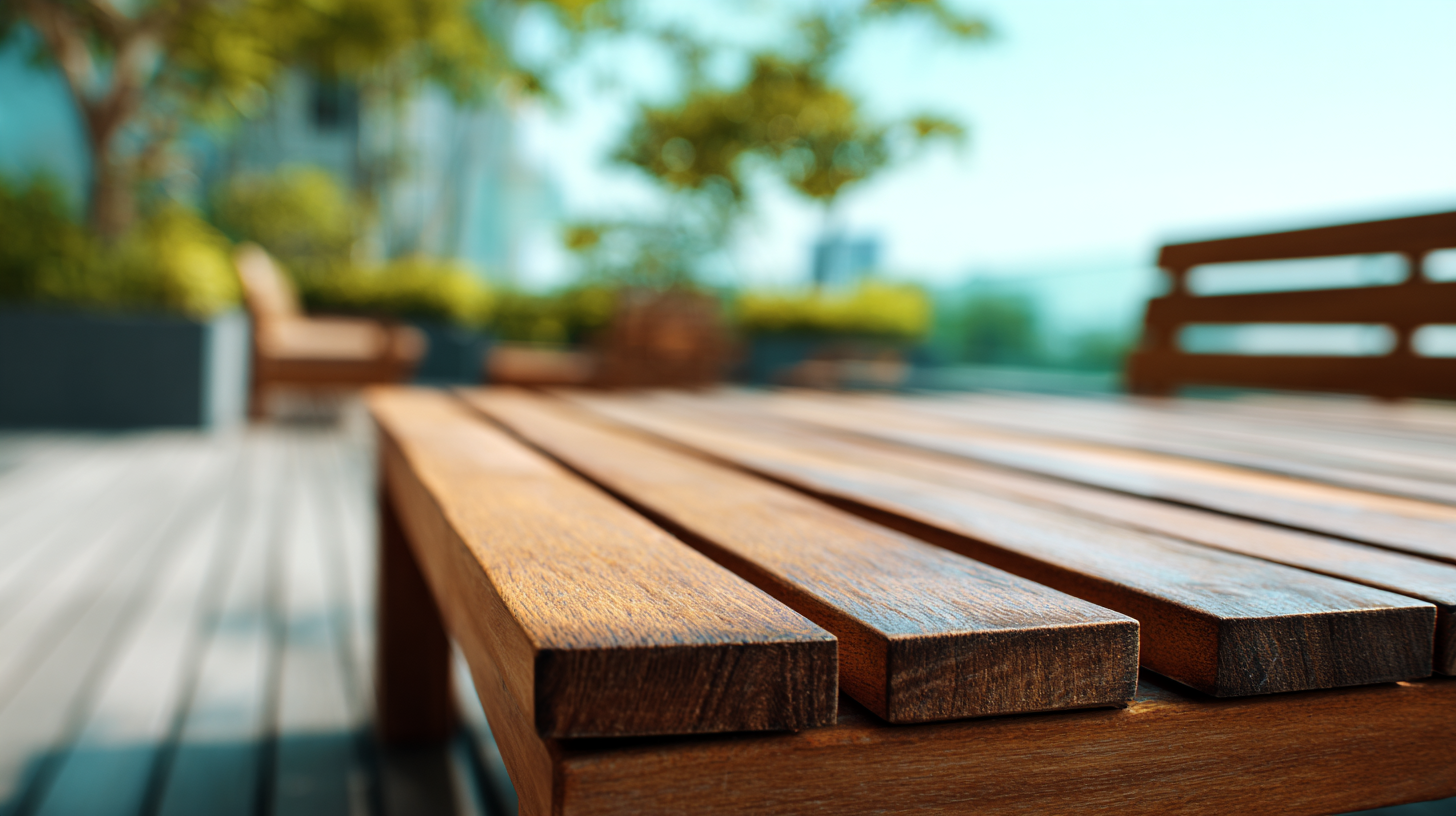 Teak furniture is renowned for its exceptional durability, particularly due to its remarkable environmental resistance, which allows it to effectively withstand moisture and pests. This resilience is primarily attributed to the high oil content in teak, which creates a natural barrier against water, preventing warping and decay. Research indicates that teak wood can endure climatic changes far better than many other types, making it a preferred choice for outdoor furniture and decking. In fact, teak can last up to 75 years without significant wear, a testament to its durability.
Teak furniture is renowned for its exceptional durability, particularly due to its remarkable environmental resistance, which allows it to effectively withstand moisture and pests. This resilience is primarily attributed to the high oil content in teak, which creates a natural barrier against water, preventing warping and decay. Research indicates that teak wood can endure climatic changes far better than many other types, making it a preferred choice for outdoor furniture and decking. In fact, teak can last up to 75 years without significant wear, a testament to its durability.
When considering teak, it's essential to note its advantages over other traditional woods. For instance, studies show that teak is inherently more resistant to insect damage and fungi, which can devastate less durable timber. Additionally, with the rise of engineered woods, innovations such as “SuperWood”—a material that is significantly stronger than natural wood—highlight the importance of selecting durable materials for longevity and sustainability.
Tips: When choosing teak furniture, ensure you select sustainably sourced teak to mitigate environmental impact. Regular maintenance, such as oiling, can further enhance the wood's durability and aesthetic appeal. Explore alternative materials as well, especially in areas where teak is overharvested, to support ecological balance while still achieving your design goals.
The Role of Oil Content in Teak's Resilience
Teak furniture stands out primarily due to its exceptional oil content, which significantly contributes to its durability and resilience. This natural oil acts as a protective barrier against moisture, preventing warping and cracking even in challenging weather conditions. Unlike other woods, teak’s high oil concentration means that it can withstand the wear and tear of daily use while maintaining its structural integrity, making it an ideal choice for both indoor and outdoor furnishings.
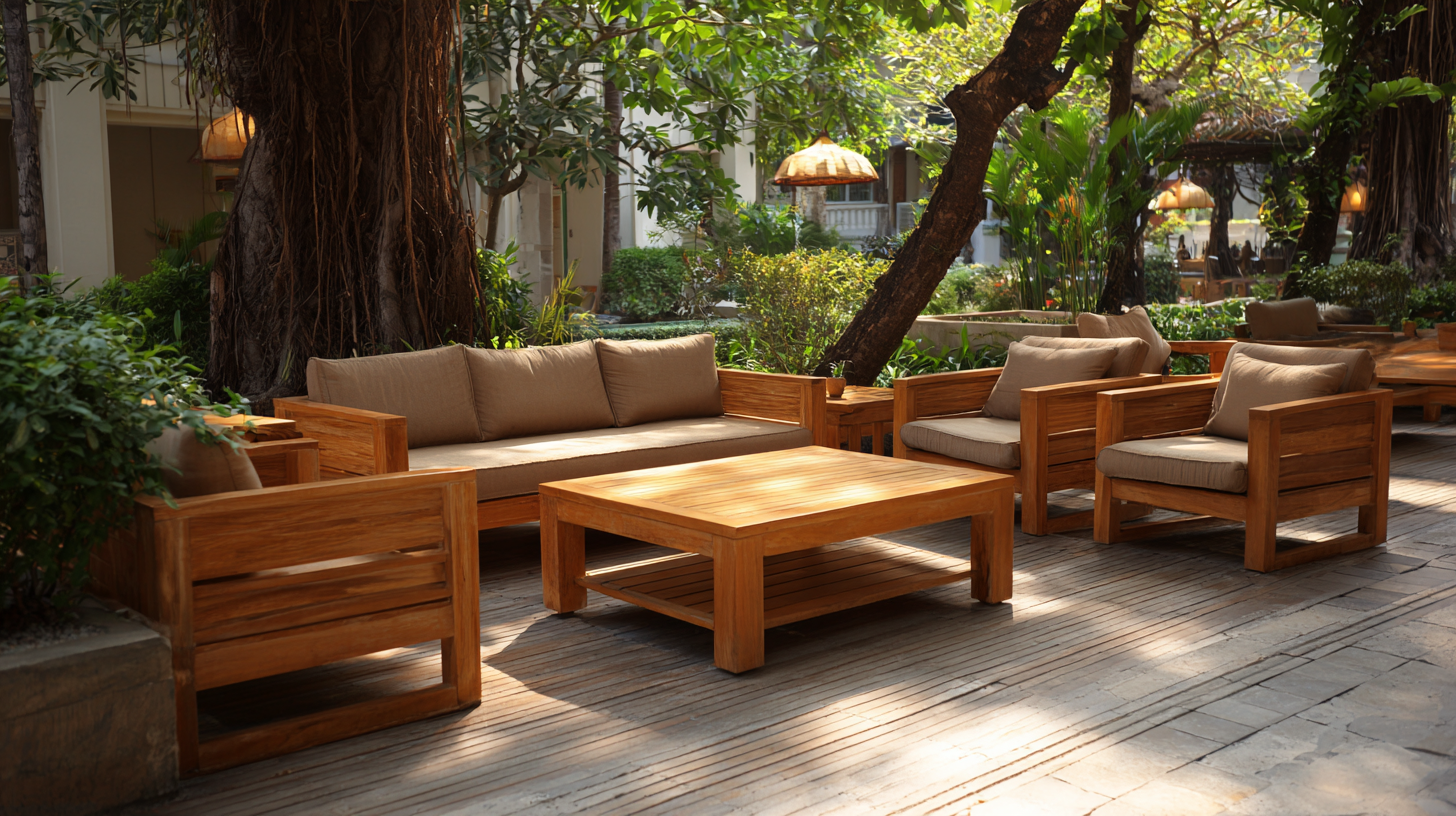
The recent decline in import tariffs for high-quality oils may also reflect a broader understanding of the benefits of oil-rich materials in various industries. Just as the oil content in teak reinforces its longevity, this shift in the economy underscores the potential for developing stronger and more resilient supply chains. Industries harnessing oil, whether for furniture making or other applications, are set to gain from increased availability and reduced costs, further enhancing the value of oil-rich products. In essence, the interplay between oil content and durability has far-reaching implications, not only for furniture but for any sector looking to capitalize on resilience and quality.
Maintenance Tips to Ensure Your Teak Furniture Lasts for Generations
Teak furniture is renowned for its impressive durability, often lasting for generations when properly maintained. To ensure your teak pieces remain in excellent condition, it is crucial to implement a few essential maintenance tips. Regular cleaning with a mild soap and water solution helps remove dirt and grime that can accumulate over time. According to a study by the Forest Products Laboratory, the natural oils found in teak wood resist moisture and pests, making it significantly less likely to warp or rot compared to other hardwoods. The same report highlights that teak's density contributes to its long-lasting nature, which can withstand harsh weather conditions without losing its structural integrity.
Additionally, applying a teak oil treatment annually can enhance its natural beauty and protect it from the elements. This process is highlighted by the American Society of Furniture Designers, which advises that regular oiling not only prevents fading but also reinforces the wood's resistance to UV rays and water damage. For outdoor furniture, utilizing covers during extreme weather can further extend the life of your teak investments. By integrating these maintenance practices, you can ensure that your teak furniture will not only withstand the test of time but also remain a stunning focal point in your home or garden for years to come.

Home
About Us
Products
Engineering Case
Buyer Service
News
Blog
Contact Us


